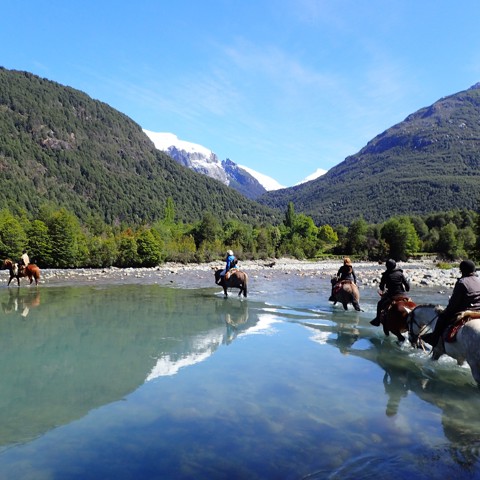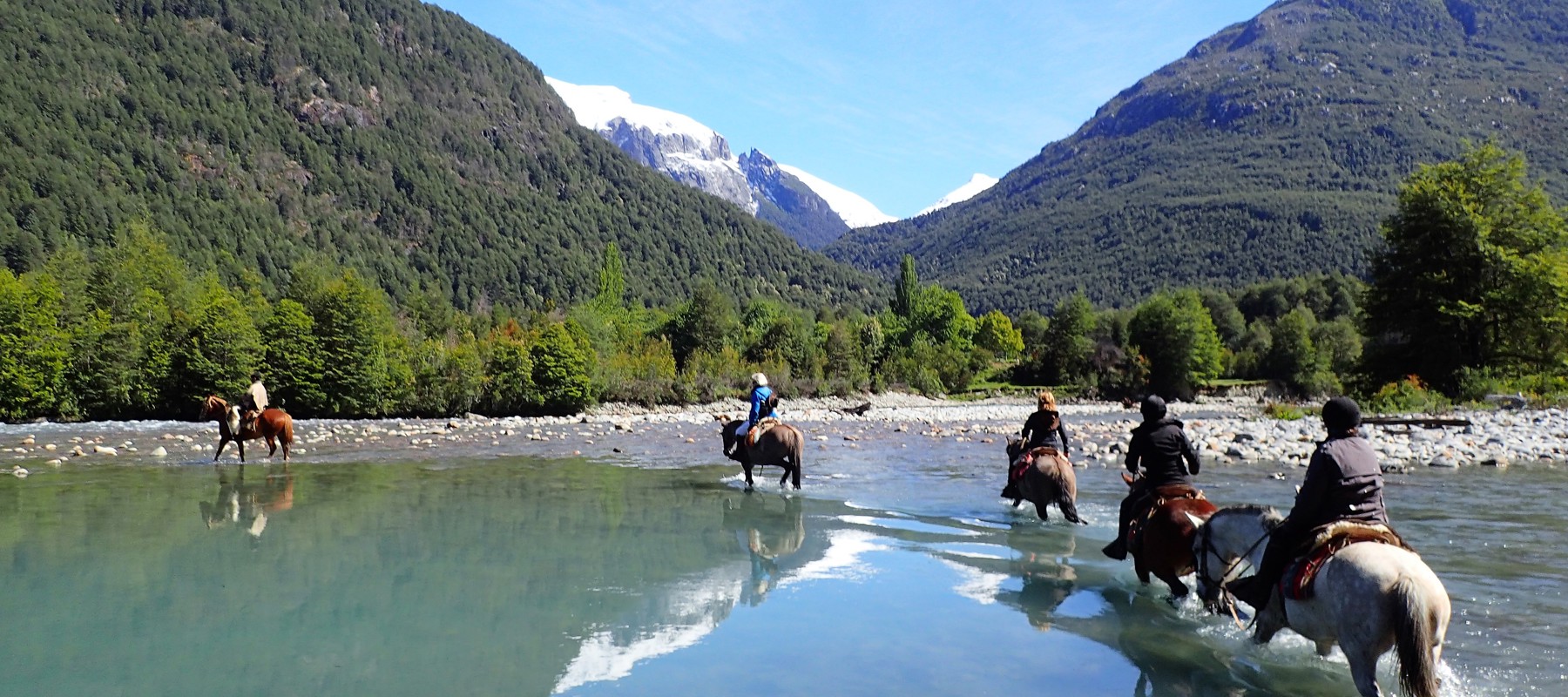Brand New Ride for 2025
Our new Challenge Ride for 2025 will be taking place in Romania. You'll be surrounded by stunning scenery and wildlife as we explore the endless hills, meadows and medieval villages on horseback. From starting out in the village of Sinca Noua to riding along the valleys of the Carpathian Mountains and eventually arriving at the Olt Valley, this will be the challenge of a lifetime.
Transylvania Trail Ride Romania (Eight-day trip, six days riding)
19 – 26 July 2025
Itinerary - Download here.
Useful information - Download here.
This ride is now fully booked.
Register your interest
If you would like to register your interest for any future Challenge Rides, fill out the form below:
Price
£1,855 per person which includes full board accommodation, riding and return transfers from Bucharest (at set times). This does not include flights.
You will need to book your flights, which will be advised by the tour company. Want to stay longer? They can offer trip extensions and tailor-made packages just for you!
£1,500 fundraising goal per person.
Flights
Flights are not included in the price. Transfers are at set times from Bucharest Otopeni airport (OTP). Flights should be booked to arrive no later than 16:00 and return flights should depart after 14:00.
Accommodation
The number of single rooms are limited and not available on every night so please be prepared to share a twin room, at least on some nights.
Special diets
Vegetarian, vegan and gluten-free diets are possible with prior notice.
Travel insurance
Insurance is not included in the ride price so it’s important to have written confirmation from your insurance companies stating you’re covered for medical and travel insurance for the riding activities on the challenge. You must take your insurance documents with you to Romania.
Acceptance of risk
Each adult rider needs to sign our acceptance of risk form prior to travel. The form can be accessed here:
Frequently asked Questions
Who can go on a Challenge Ride?
chevron-down
chevron-up
Over 12 but dependant on experience.
How fit do I need to be?
chevron-down
chevron-up
You will be spending 5 - 7 hours in the saddle a day so the fitter you are the more you will enjoy the experience. There is a weight limit of 85kg for all the rides.
How good a rider do I need to be?
chevron-down
chevron-up
Although you don’t need to be technically brilliant, safety is vital, so you need to have a safe, secure and balanced seat in all paces and be confident riding at speed.
What are the horses like?
chevron-down
chevron-up
The welfare of both horse and rider is our upmost priority. All the horses we use are selected based on their behaviour, training and nature. They are familiar with each other, used to the routes and fit for the terrain. Standards will change in different countries - for instance in tack - but will always be in good condition and completely safe.
What is included in the cost of a Challenge Ride?
chevron-down
chevron-up
The ground costs vary with each destination; however, all ride costs include accommodation, food, water, fruit and refreshments throughout the trip. It also includes all ground and baggage transfers, back-up support vehicles, medical backup, the guides and horses.
Travel insurance, visa costs and any optional tours you wish to undertake are not included in the cost.
Flights are to be arranged independently but advised by the tour company who can also offer trip extensions and tailor-made packages if required.
Fundraising
chevron-down
chevron-up
This will be an amazing adventure to raise vital funds for the charity. Your £1,500 fundraising goal will support campaigns ranging from our Dead Slow campaign which aims to reduce the number of injuries and fatalities experienced from equestrians on the road, to our Second Chance rehoming project where rescue horses are rehabilitated into our Approved Centres — none of the work we do would be possible without your donations.
Any contribution big or small, to any of our campaigns, will bring us one step closer to protecting horses and the equestrian community, safeguarding their heritage for future generations to come.



